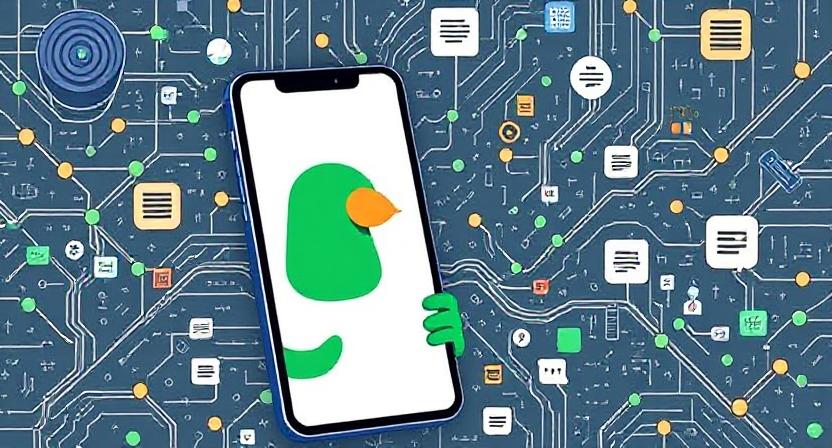OpenAI made waves when it unveiled GPT-5, a powerful multimodal large language model that can build a language-learning app in minutes with just one prompt. The fallout was immediate: Duolingo’s stock plunged 38%, as markets reeled at the threat to specialist platforms.
What’s GPT-5?
-
Launched on August 7, 2025, GPT-5 is OpenAI’s flagship AI model and is available to Free, Plus, and Pro users via ChatGPT and API.
-
Described by OpenAI’s CEO as a “PhD-level expert in anything”, GPT-5 excels in coding, writing, health queries, logic, and more.
-
Capabilities include “Safe Completions”—AI responses designed to reduce hallucinations and increase transparency.
Why Did Duolingo Tumble?
| Factor | Impact on Duolingo Stock |
|---|---|
| GPT-5’s quick app creation | Undermined Duolingo’s uniqueness and value props |
| Competitive pressure from Google Translate AI tests | Heightened investor concern |
| Market shock & sentiment | Sudden sell-off reflecting fear and uncertainty |
The demo showed that a full-fledged language app—including flashcards and gamified tracking—can be generated in minutes. The result: investors began questioning Duolingo’s relevance.
Duolingo’s Immediate Response
Despite the plunge, Duolingo is fighting back:
-
A KeyBanc Capital Markets analyst called AI fears “overblown”, upgraded the stock to Overweight, and set a $460 target—suggesting 31% upside.
-
Q2 performance remains strong: 41% YoY revenue growth, a 40% increase in daily active users (DAUs), and an expanding catalogue beyond languages into chess, music, and math (chess already has ~1 million DAUs).
-
Duolingo’s new “Energy” system—rewarding correct answers instead of punishing mistakes—has improved engagement across multiple metrics.
What Indian EdTech Players Must Know
1. Specialty Apps Need Differentiation
Even when rivals possess powerful AI, uniqueness matters. Duolingo’s challenge shows how quickly generic competitors can emerge. Indian platforms must double down on localised content, regional nuances, and cultural adaptation.
2. Combine AI With Human Touch
Indian learners value contextual, culturally rich education—something AI alone can’t fully replicate. Use AI to enhance, not replace, educator-driven, personalised learning.
3. Engagement Beats Novelty
Duolingo’s energy system proved effective. Indian apps should prioritise learner motivation through gamification, streaks, stories, and social features.
4. Lean on Data & Smart Monetisation
Use analytics to track performance and user engagement (Google Analytics), respect policy compliance (Google Search Console, Ads, and AdSense), and test ad experience carefully. Offer a free tier plus subscription (freemium) model with value-added features.
Real-World Example: Indian Learner Gains
Take Aarav, a Chennai-based student wanting to learn Spanish:
-
He uses a Duolingo-like app but finds it repetitive and impersonal.
-
A new AI-enhanced app customises lessons—like incorporating Tamil to explain Spanish grammar or using Bollywood-style storytelling.
-
Combined with rewards for daily use (like Energy), Aarav stays engaged, retains content better, and subscribes to premium tiers.
This wins over generic AI tools by adding local flavour, emotional resonance and human reinforcement.
Strong Conclusion & Call to Action
Conclusion
OpenAI’s GPT-5 signals a seismic shift: language-learning apps can now be created in minutes. This shook Duolingo’s valuation, but an agile, content-rich, user-centric response could turn the tide. For Indian edtech firms, the path forward lies in combining AI power with cultural intelligence, local relevance, and smart engagement strategies.
Call to Action
Are you building or using a language-learning app in India? Share your thoughts on how AI is reshaping education. If you’re developing content or strategy, I’d love to support you with tailored SEO, UX, or policy-compliant monetisation advice. Let’s future-proof Indian learning together—drop a comment or message to start the conversation!
